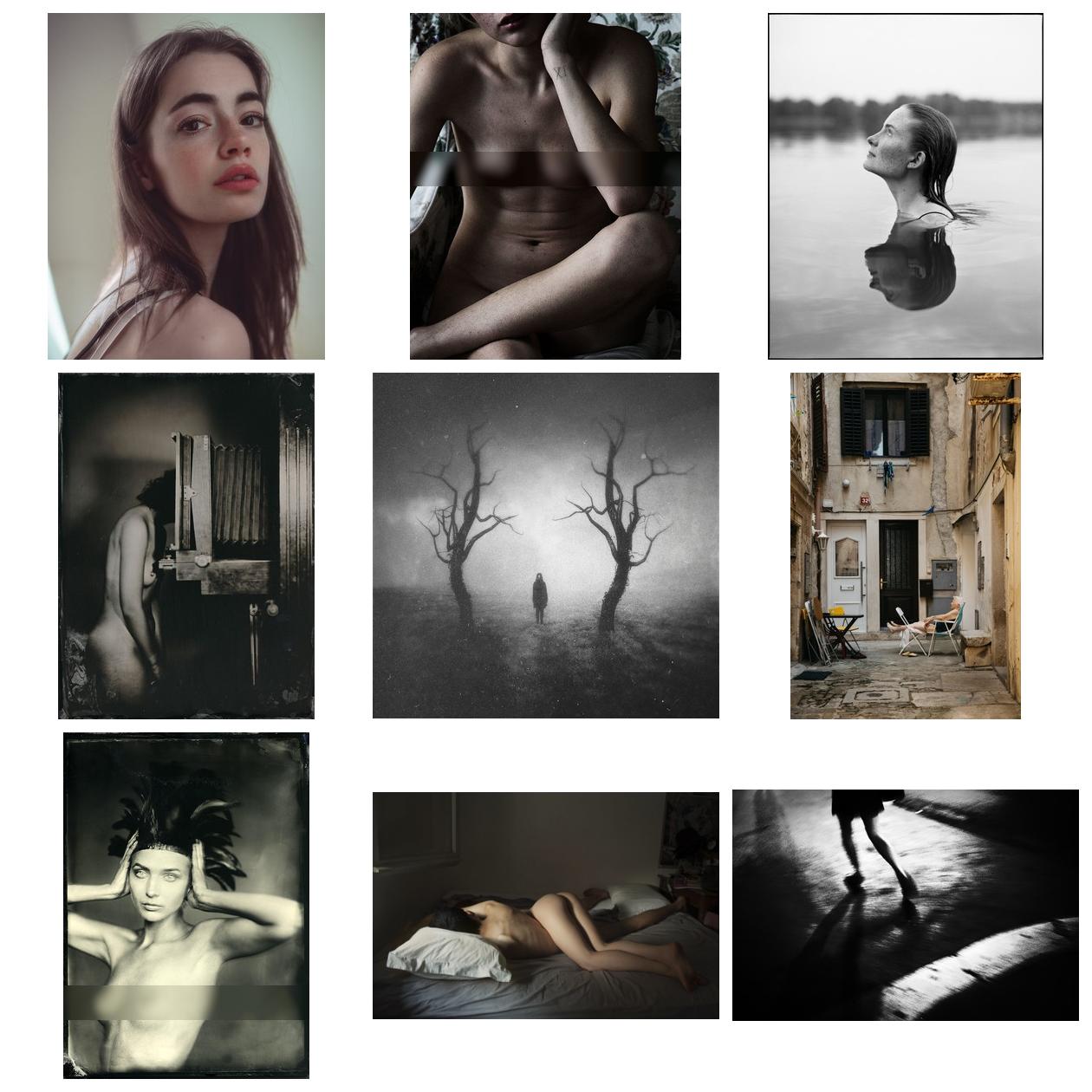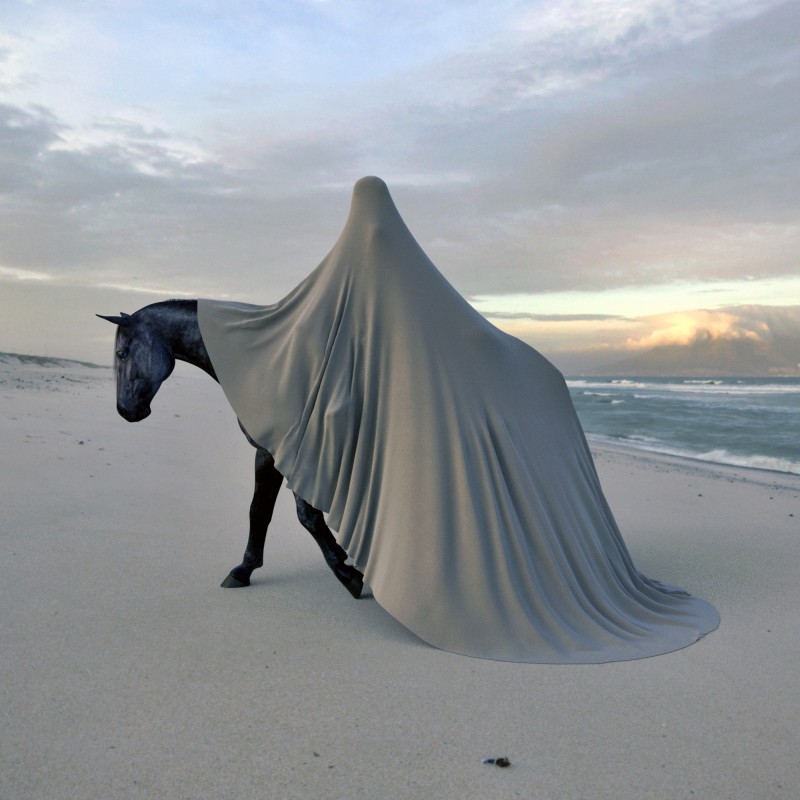
Last week, I had a very special shoot – definitely one of my highlights this year! I was visiting Tom Oosthout, who works with a "wet plate collodion technique". This technique dates back to the very beginnings of photography around 1850. Images are created directly on a glass plate, which is then used for exhibitions in museums and galleries. Just the process of creating such a glass plate was incredibly exciting to follow – There is a huge effort behind it!
In order to produce such an image on glass plate, the camera, the focus and the light must first be set, the image detail and the pose must be precisely defined. After all, once the glass plate has been prepared, you have to speed up, because the plate must not dry out. The glass plate is first coated with collodion and placed in a silver bath for 3 minutes to make it photosensitive. Then the plate is placed in the light-tight cassette of the camera and attached to the camera. After that, the model has to quickly take the previously set pose, the slider is removed from the cassette and the lid on the lens – thus the plate is exposed. The exposure time is 9 seconds, during this time the model must keep the pose – even just a slight movement would lead to the picture being blurred. After these 9 seconds, the lid comes back on the lens and the slide on the cassette. Now the plate must be developed immediately in the darkroom before it dries. The glass plate is doused with a developer liquid (water with iron and alcohol) and then rinsed with water and placed in a fixer. As a result, the silver dissolves from the plate on which no light has fallen. You can see the picture appear immediately – absolutely exciting!! Then you have to dry the glass plate, paint the back with black acryl colours to see the picture well. Production costs of one plate are about 50 euros. The camera itself has only an ISO of no less than 1 (!!!) – so you have to add a lot of external light to make the whole thing work.
Dear Tom, I thank you so much for this great afternoon with you, for your detailed explanations and this super exciting experience! And many thanks to Dennis Süßmuth for taking the pictures!
Wet plate collodion photo on glass: Tom Oosthout
(Facebook: https://www.facebook.com/tom.oosthout/ )
Webseite: http://www.exnl.nl/
Instagram: https://www.instagram.com/oosthout/?hl=de
Making Of pictures: Dennis Süßmuth
(Facebook: https://www.facebook.com/Dennis.suessmuth/?ref=br_rs )
Wet plate collodion photo on glass, 17,8 x 23,5 cm (2mm)
Lens: Leitz Epis 4,0/400
Exposure 9 seconds @ f 4,0








